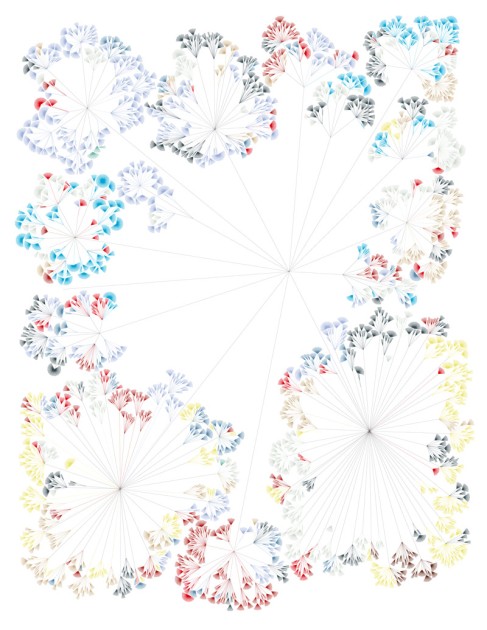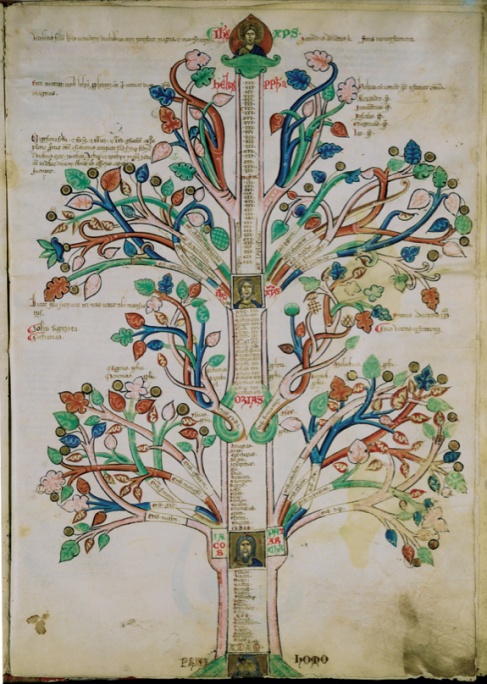 I am pleased to announce the launch of The Story Ship, my workshop package for Devon primary schools, harnessing the magic of visual storytelling arts to explore KS1 and KS2 curriculum areas and themes, and to develop literacy, creativity and confidence.
I am pleased to announce the launch of The Story Ship, my workshop package for Devon primary schools, harnessing the magic of visual storytelling arts to explore KS1 and KS2 curriculum areas and themes, and to develop literacy, creativity and confidence.
The Story Ship is a unique Primary School workshop package aimed at KS1 and KS2 children. It offers rich opportunities for the development of literacy – particularly speaking and listening- skills in a deeply contextualised way through a combination of storytelling, puppetry and visual arts.
The Story Ship injects a classroom project, topic or school event with imagination and creativity by harnessing the powers of a range of visual art forms including puppetry, paper theatre and traditional picture storytelling techniques. Through animation and performance children can watch their creations come to life in magical and unusual ways, allowing even reluctant learners to become motivated and proud of their achievements.
Each Story Ship workshop is unique, designed and developed according to the interests and needs of the school group. Skills emphasised include:- visual arts and crafts (puppet-making, paper crafts, textile crafts, sculpture, drawing, story-boarding); literacy (mind-mapping, story-mapping, Pie Corbett’s Talk for Writing, script-writing); drama (role play, improvisation, puppet manipulation, performance skills) as well as theatre production (music, lighting, directing etc.) A typical one day workshop will start with an introductory visual storytelling show, leading into crafting and making activities, and finishing with drama, animation, rehearsal and a final performance showcase.
Story Ship workshops enable children to explore themes, topics and ideas in multidisciplinary ways, leading to higher levels of productivity, learning and enjoyment! These workshops can be particularly effective in engaging children with learning and behavioural difficulties, and enable all children to gain confidence as artists, storytellers, performers and collaborators.
The rate is £150 for a full day workshop, plus materials and travel expenses. Rates for shorter or longer workshops can be negotiated.
Please contact Hrubyjoanna@gmail.com to arrange an informal meeting and discussion at your school.




